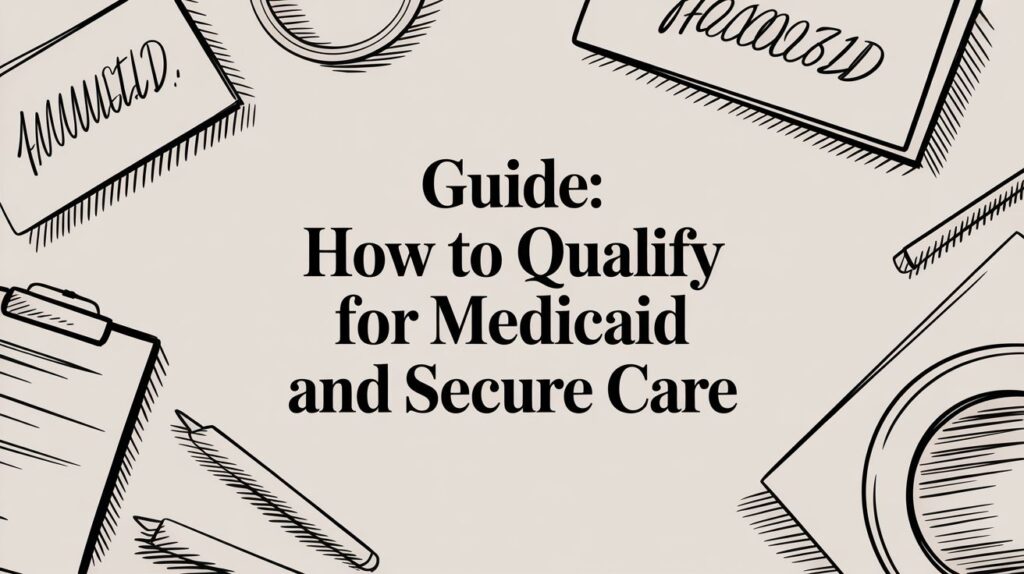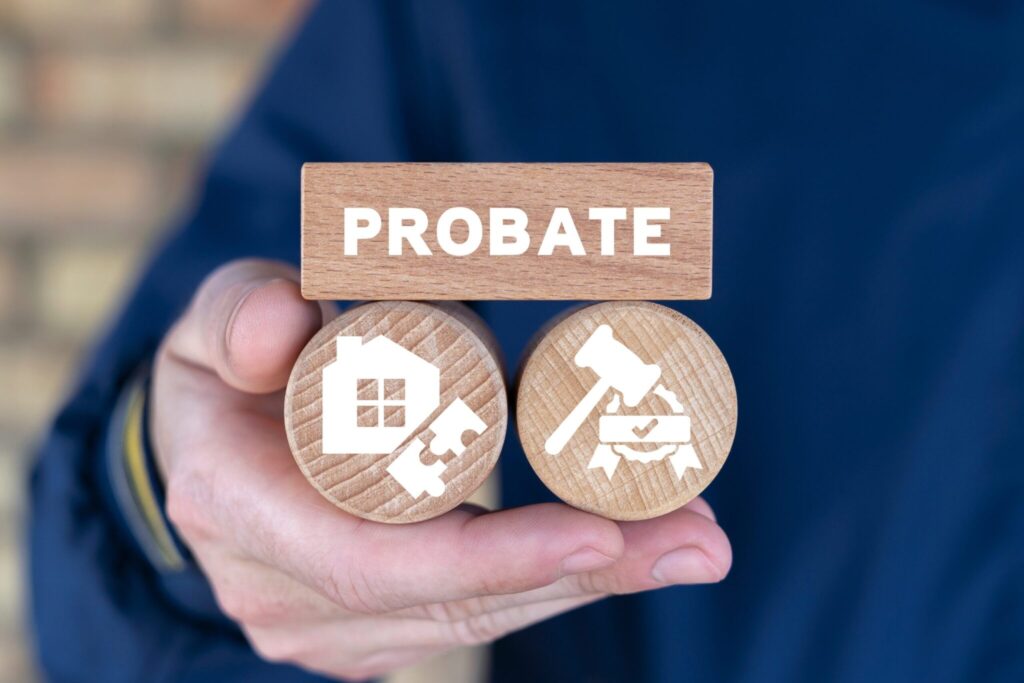Navigating the murky waters of managing distressed properties during probate can be a daunting task. In Texas, the intricacies of probate law add another layer of complexity. However, with a thorough understanding of the legal landscape and strategic planning, you can effectively manage these properties, ensuring a smooth transition and maximizing their value. This comprehensive guide will delve into the legal strategies essential for managing distressed properties in Texas probate, offering practical advice and real-life examples to help you navigate this challenging process.
Understanding Distressed Properties in Probate
Distressed properties refer to real estate that is either financially burdened, in poor physical condition or both. These properties may be facing foreclosure, have significant unpaid debts, or require extensive repairs. When such properties are part of a probate estate, the executor or administrator must address these issues to protect the estate’s value and fulfill their fiduciary duties.
Types of Distressed Properties
- Financially Distressed: Properties with outstanding mortgages, liens, unpaid taxes, or significant debts.
- Physically Distressed: Properties in disrepair, requiring extensive renovations, or suffering from neglect and damage.
- Legal Distress: Properties with ownership disputes, zoning issues, or other legal complications.
Challenges in Managing Distressed Properties
- Financial Burden: High debts and repair costs can drain the estate’s resources.
- Time Constraints: Probate timelines can be tight, requiring swift action.
- Legal Complexities: Navigating probate law while addressing property issues requires expertise.
- Beneficiary Disputes: Differing opinions among heirs can complicate decisions.

Initiating the Probate Process
The first step in managing distressed properties within a probate estate is to initiate the probate process. This involves applying with the appropriate Texas probate court. Depending on whether the deceased had a will (testate) or did not have a will (intestate), the process and documents required will vary. The court will appoint an executor (if named in the will) or an administrator (if no executor is named or no will exists) to manage the estate.
Filing for Probate
- Testate Probate: If a will exists, file the will and a probate application with the county court where the decedent resided.
- Intestate Probate: If no will exists, file an application to be appointed as administrator and follow Texas intestacy laws for estate distribution.
Appointment of Executor or Administrator
- Executor: Named in the will to manage the estate.
- Administrator: Appointed by the court if no executor is named or if there is no will.
Conducting a Comprehensive Property Assessment
Once appointed, the executor or administrator must conduct a thorough assessment of the distressed property. This includes:
Physical Inspection
Evaluate the property’s condition to determine necessary repairs and improvements. Engage a professional home inspector to provide a detailed report on the property’s state.
Financial Review
Assess any outstanding mortgages, liens, taxes, and other debts associated with the property. Gather all relevant financial documents, including loan statements and tax records.
Market Analysis
Conduct a market analysis to understand the property’s current value and potential resale value after repairs. Consult with real estate agents and review comparable property sales in the area.
Addressing Financial Liabilities
One of the most critical steps in managing distressed properties is addressing financial liabilities. This involves:
Paying Outstanding Debts
Ensure that all outstanding debts, such as mortgages, property taxes, and liens, are paid from the estate’s funds. Failure to do so can result in foreclosure or further legal complications.
Negotiating with Creditors
In some cases, negotiating with creditors to settle debts for a reduced amount may be beneficial, especially if the property is significantly underwater. Work with an attorney experienced in debt negotiation to reach favorable terms.

Seeking Court Approval for Settlements
Some debt settlements may require court approval. Prepare detailed documentation of the proposed settlement and present it to the probate court for approval.
Implementing Necessary Repairs and Improvements
To maximize the property’s value, it may be necessary to undertake repairs and improvements. This could range from minor cosmetic updates to major structural repairs. It is essential to:
Obtain Multiple Estimates
Get estimates from multiple contractors to ensure competitive pricing and quality work. Review each contractor’s credentials, references, and past work.
Prioritize Repairs
Focus on repairs that will have the most significant impact on the property’s value and marketability. Consider both essential repairs and improvements that will enhance the property’s appeal to buyers.
Budget Management
Carefully manage the budget to avoid overspending and ensure that the estate’s funds are used wisely. Monitor expenses closely and adjust plans as needed to stay within budget.
Legal Considerations for Repairs and Improvements
Before undertaking any repairs, it’s crucial to understand the legal implications:
Permits and Regulations
Ensure that all repairs comply with local building codes and regulations. Obtain necessary permits to avoid legal issues down the line. Consult with local authorities to understand the requirements for your specific property.
Contractor Agreements
Draft clear and comprehensive agreements with contractors to protect the estate’s interests. Include provisions for timelines, costs, and quality standards. Ensure that contractors are licensed, bonded, and insured.
Exploring Sale Options
Once the property is in a marketable condition, the next step is to explore sale options. This includes:
Traditional Sale
List the property on the open market. Work with a real estate agent experienced in probate sales to navigate the complexities of the process. Set a competitive price based on market analysis and property condition.

Auction
Consider auctioning the property, especially if a quick sale is necessary. Auctions can attract competitive bids and expedite the sale process. Work with an auction company that has experience in real estate auctions.
Investor Sale
Selling to a real estate investor can be a viable option, particularly for distressed properties. Investors often purchase properties “as-is,” saving time and resources. Obtain multiple offers to ensure a fair price.
Legal Strategies for Selling Distressed Properties
When selling a distressed property in probate, several legal strategies can help streamline the process:
Seek Court Approval
In some cases, court approval may be required for the sale. Submit a petition to the probate court, detailing the terms of the sale and demonstrating that it is in the estate’s best interest. Provide evidence of the property’s value and the marketing efforts undertaken.
Full Disclosure
Provide full disclosure of the property’s condition to potential buyers. This transparency helps avoid future legal disputes and builds trust with buyers. Include any known defects and the extent of repairs needed.
Fair Market Value
Ensure that the property is sold at fair market value to fulfill your fiduciary duty and maximize returns for the beneficiaries. Obtain a professional appraisal if necessary to support the sale price.
Dealing with Disputes and Challenges
Managing distressed properties in probate can often lead to disputes among beneficiaries or other interested parties. Common issues include disagreements over the property’s value, distribution of proceeds, or the executor’s actions. To mitigate these challenges:
Mediation

Consider mediation to resolve disputes amicably. A neutral third party can facilitate discussions and help reach a mutually acceptable agreement. Mediation can save time and reduce the emotional strain on all parties involved.
Legal Counsel
Engage an experienced probate attorney to navigate complex legal issues and represent the estate’s interests in court if necessary. An attorney can provide valuable guidance on dispute resolution and ensure compliance with probate laws.
Case Study: Managing a Distressed Property in Texas Probate
Consider the case of the Smith family, who inherited a distressed property in Austin, Texas. The property, burdened with significant debt and in disrepair, posed a considerable challenge for the appointed executor, John. Here’s how John successfully managed the situation:
Initiating Probate
John filed for probate and was appointed as the executor by the Travis County Probate Court. He submitted all necessary documents, including the will and death certificate, to initiate the process.
Property Assessment
John conducted a thorough inspection, revealing extensive water damage and outstanding property taxes. He hired a professional home inspector to provide a detailed report on the property’s condition.
Financial Negotiations
John negotiated with creditors, settling debts for a reduced amount and avoiding foreclosure. He worked with an attorney to draft settlement agreements and sought court approval for the negotiated terms.
Strategic Repairs
Prioritizing critical repairs, John worked with reputable contractors to restore the property’s condition within budget. He focused on addressing the water damage and making cosmetic improvements to enhance the property’s appeal.
Marketing and Sale
John listed the property with a real estate agent specializing in probate sales. After receiving multiple offers, the property was sold at a fair market value, significantly benefiting the estate. John provided full disclosure of the property’s condition and negotiated a favorable sale price.
John’s strategic approach and adherence to legal guidelines ensured a successful outcome, highlighting the importance of diligent management and informed decision-making.
Key Takeaways for Managing Distressed Properties in Texas ProbateConclusion: Navigating the Challenges of Distressed Properties in Texas Probate
Managing distressed properties in Texas probate requires a blend of legal acumen, strategic planning, and practical execution. By understanding the probate process, addressing financial liabilities, implementing necessary repairs, and exploring sale options, you can effectively manage these challenging assets. Remember, the key to success lies in thorough preparation, seeking professional guidance, and maintaining transparency throughout the process. With these strategies in hand, you can navigate the complexities of distressed properties in probate and maximize their value for the estate’s beneficiaries.
Key Takeaways
- Initiate Probate Promptly: Start the probate process as soon as possible to address property issues quickly.
- Conduct Thorough Assessments: Evaluate the property’s condition and financial liabilities comprehensively.
- Negotiate Wisely: Work with creditors and legal counsel to negotiate favorable terms and reduce financial burdens.
- Prioritize Repairs: Focus on essential repairs and improvements that will enhance the property’s value and marketability.
- Seek Professional Guidance: Engage real estate agents, contractors
, and probate attorneys to navigate the complexities of the process.
- Maintain Transparency: Provide full disclosure to potential buyers and beneficiaries to build trust and avoid disputes.
- Resolve Disputes Amicably: Use mediation and legal counsel to address conflicts and ensure a smooth probate process.
By following these guidelines and leveraging legal strategies, you can effectively manage distressed properties in Texas probate, ensuring a successful outcome for all parties involved.








